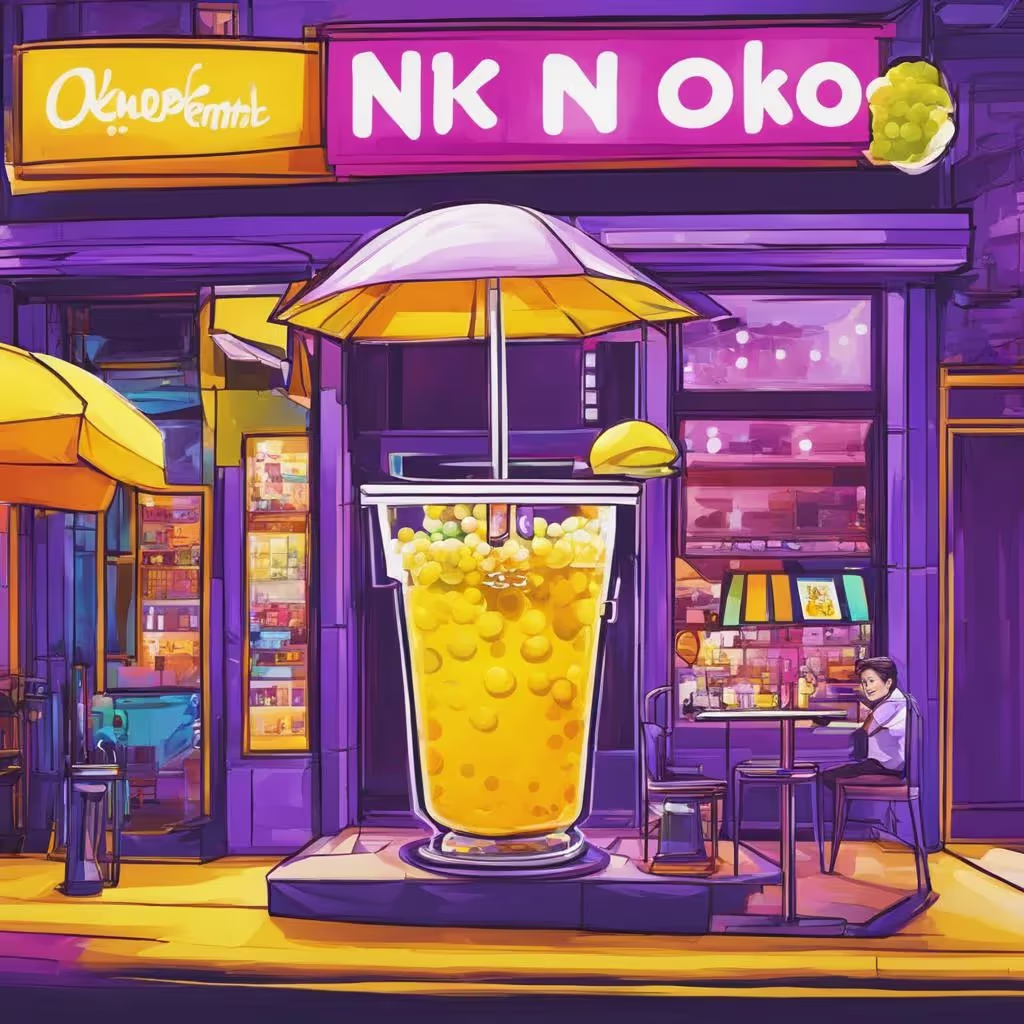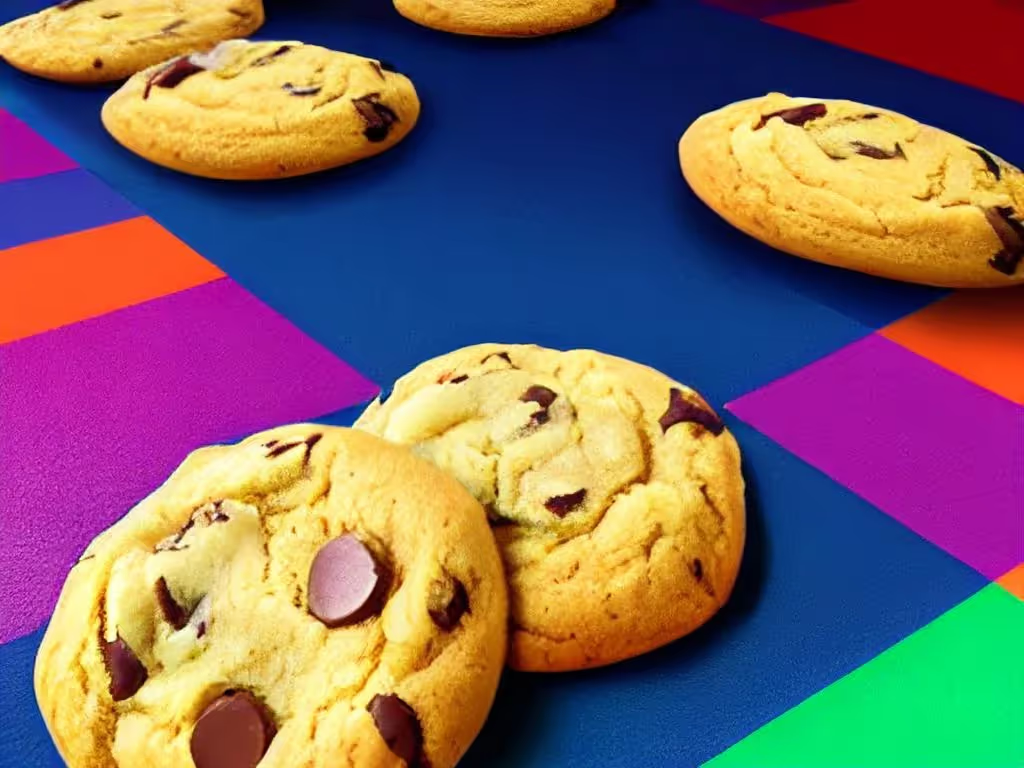TLDR
You operate a restaurant, coffee shop, or bakery. Creating menus can be challenging. Fortunately, ChatGPT allows you to generate complete custom menus for free. This article provides five editable prompts to craft menus with AI. It also includes tips to engineer the perfect custom menu prompt. Leveraging this AI assistant streamlines menu creation. The prompts and guidance herein enable you to quickly craft menus unique to your establishment. With some prompt editing, you can produce menus that reflect your offerings, style and branding. Read on to access prompts and techniques to utilize AI for your menu needs.
The Power of Using ChatGPT to Create Custom Menus
In today's fast-paced culinary landscape, having a well-crafted menu is paramount for any restaurant, cafe, or bakery. It not only showcases your offerings but also sets the tone for your establishment's ambiance and dining experience. However, crafting a menu that captivates your customers can be a daunting task, often requiring significant time and resources.
Unleash Creativity with AI
Enter ChatGPT, a revolutionary AI language model that empowers you to harness the power of natural language processing. With its ability to understand and generate human-like text, ChatGPT can assist you in creating custom menus that are not only visually appealing but also accurately describe your dishes in an engaging and mouth-watering manner.
Tailored to Your Unique Brand
One of the key advantages of utilizing ChatGPT for menu creation is its ability to adapt to your specific brand voice and style. By providing the AI with a clear understanding of your restaurant's identity, theme, and target audience, it can generate menu descriptions that seamlessly align with your brand's personality and resonate with your desired clientele.
Efficiency and Cost-Effectiveness
Moreover, the process of crafting menus with ChatGPT is remarkably efficient and cost-effective. Gone are the days of spending countless hours brainstorming and refining menu descriptions or hiring expensive copywriters. With this tool, you can generate high-quality menu content in a fraction of the time and at no additional cost, allowing you to focus your resources on other aspects of your business.
5 Editable Prompts for Restaurants to Craft Menus With ChatGPT
Crafting a menu is crucial for any restaurant, cafe, or bakery. It's the first impression customers get and sets the tone for their dining experience. With ChatGPT, you can easily generate custom menus tailored to your cuisine and offerings. Here are five editable prompts to get you started.
Prompt 1: Cuisine-Specific Restaurant Menu
"Create an authentic [Mexican] restaurant menu featuring 3 appetizers, 5 main courses, and 3 desserts. Ensure the appetizers include a mix of traditional and contemporary options, the mains showcase a variety of regional flavors and ingredients, and the desserts highlight classic Mexican sweets."
This prompt allows you to generate a well-rounded menu for a specific cuisine, covering all course types. Simply replace [Mexican] with your restaurant's cuisine and adjust the quantities as needed.
Prompt 2: Cafe Menu With Breakfast, Lunch and Baked Goods
"Generate a sophisticated menu for a [French cafe], including 6 breakfast items, 4 lunch entrees, and 5 baked goods. For breakfast, incorporate a mix of light and hearty options. Lunch should feature both classic French dishes and modern interpretations. The baked goods should be a delightful assortment of pastries and breads."
Perfect for cafes offering breakfast, lunch, and baked treats, this prompt ensures a diverse menu catering to different dining occasions. Customize the cuisine and item counts to fit your cafe's offerings.
Prompt 3: Bakery Menu With Cakes, Pies, Cookies and Pastries
"Design a delightful menu for an [Italian bakery] featuring 4 cakes, 3 pies, 5 cookies, and 3 pastries. Each category should include traditional Italian flavors and innovative twists to appeal to both classic and adventurous palates."
Bakeries can use this prompt to generate a mouthwatering menu showcasing their specialty baked goods. Swap [Italian] with your bakery's focus, and tweak the item quantities as desired.
Prompt 4: Food Truck Menu With Savory and Sweet Treats
"Write an exciting and vibrant menu for a [Mexican food truck], including 6 savory items and 4 sweet treats. The savory items should range from street food staples to inventive dishes, while the sweet treats should offer a mix of traditional desserts and modern favorites."
Food trucks often offer a mix of savory and sweet options. This prompt lets you create a diverse menu catering to both cravings, perfect for on-the-go dining.
Prompt 5: Restaurant Menu With Shared Plates and Entrees
"Craft a diverse and flavorful menu for a [Spanish restaurant], including 5 shared plates and 7 entrees. The shared plates should feature a variety of tapas that highlight regional specialties, and the entrees should provide a well-rounded selection of meat, seafood, and vegetarian options."
For restaurants emphasizing shared plates and entrees, this prompt strikes the right balance. Tailor the cuisine and item counts to match your restaurant's concept.
By using these prompts as a starting point and customizing them to your specific needs, you can leverage ChatGPT's power to generate professional, enticing menus that showcase your culinary offerings. Remember to review and refine the output to ensure it aligns with your brand and voice.
Tips to Engineer the Perfect Custom Menu
To craft the perfect custom menu with ChatGPT, adhering to a few key principles is essential. These tips will ensure your menu resonates with customers and reflects your brand's identity.
Clarity and Simplicity
Strive for a menu that is easy to navigate and understand. Avoid overwhelming customers with an excessive number of choices. Organize items into logical categories, and consider including brief yet enticing descriptions to highlight unique flavors or preparation methods.
Cohesive Design and Branding
Ensure your menu's layout and design align with your restaurant's overall branding and aesthetic. Use consistent typography, colors, and imagery to create a cohesive and visually appealing experience. This attention to detail will reinforce your brand identity and enhance the customer's perception of your establishment.
Highlight Signature Dishes
Identify and prominently feature your restaurant's signature dishes or best-sellers. These items should be a source of pride and reflect your culinary expertise. Provide detailed descriptions that tantalize the reader's taste buds and entice them to try these standout offerings.
Pricing Strategy
Implement a thoughtful pricing strategy that balances profitability with customer perception of value. Ensure pricing is consistent within item categories and aligns with the overall dining experience you aim to provide. Avoid drastic price discrepancies that could confuse or deter customers.
Know Your Audience
Tailor your menu to cater to your target demographic's preferences, dietary restrictions, and cultural sensitivities. Offer a diverse selection that appeals to a wide range of tastes and accommodates various dietary needs, such as vegetarian, vegan, or gluten-free options.
By implementing these tips, you can leverage ChatGPT to create a custom menu that not only informs but also captivates your customers, setting the stage for a memorable dining experience.
Final Thoughts
You now have several editable prompts to get started creating custom menus with ChatGPT. Experiment with modifying the prompts to match your restaurant's style and offerings. While it will take some trial and error, ChatGPT's capabilities can help you quickly generate professional menu options. With the tips provided, crafting the perfect prompt for your needs is within reach. This will save you time and energy while producing menus that represent your brand. Approach menu creation as an iterative process, refining prompts and outputs until you achieve menus you're excited to share with customers.
Read the blog to discover 8 more ways restaurants are leveraging AI to be more efficient in the competitive industry.


.webp)


.webp)
.png)
.webp)

.avif)
.webp)
.webp)
.webp)

.webp)

















.svg)
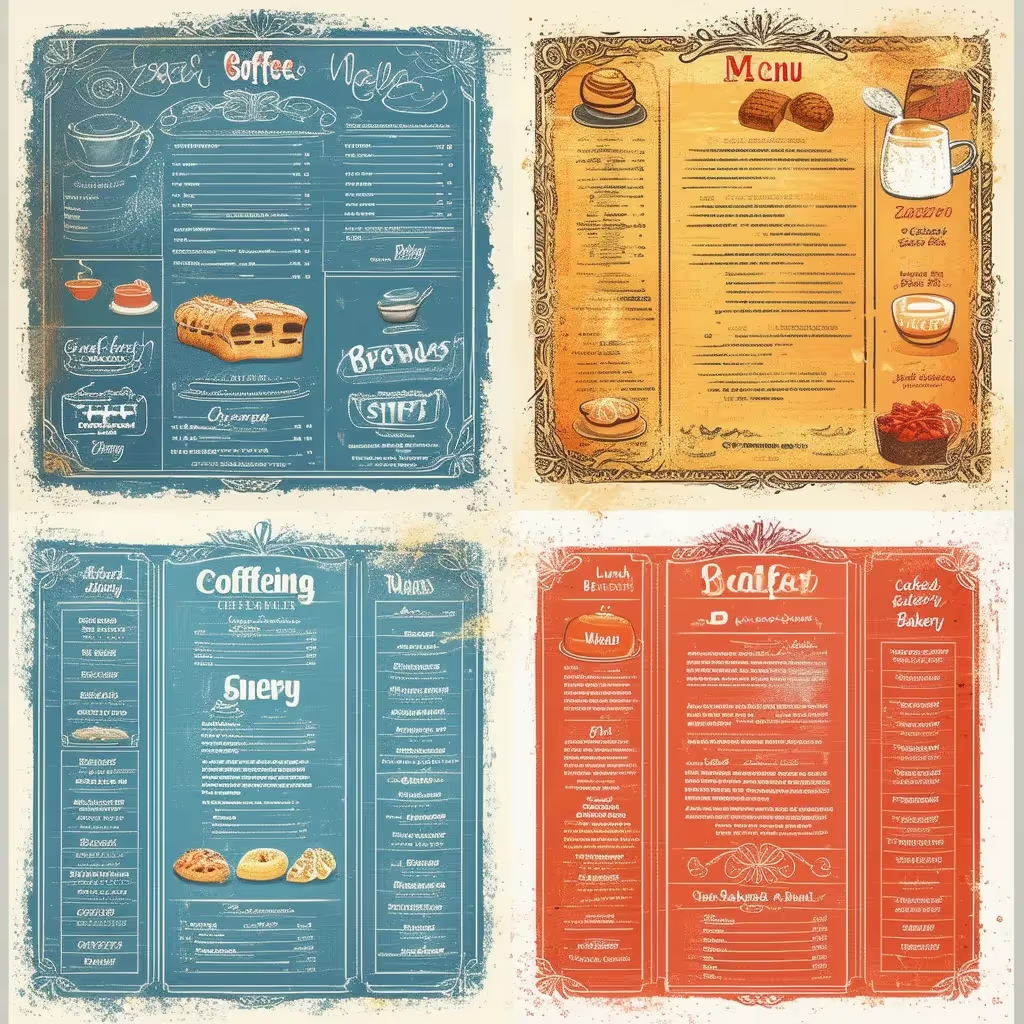




.svg)
.svg)
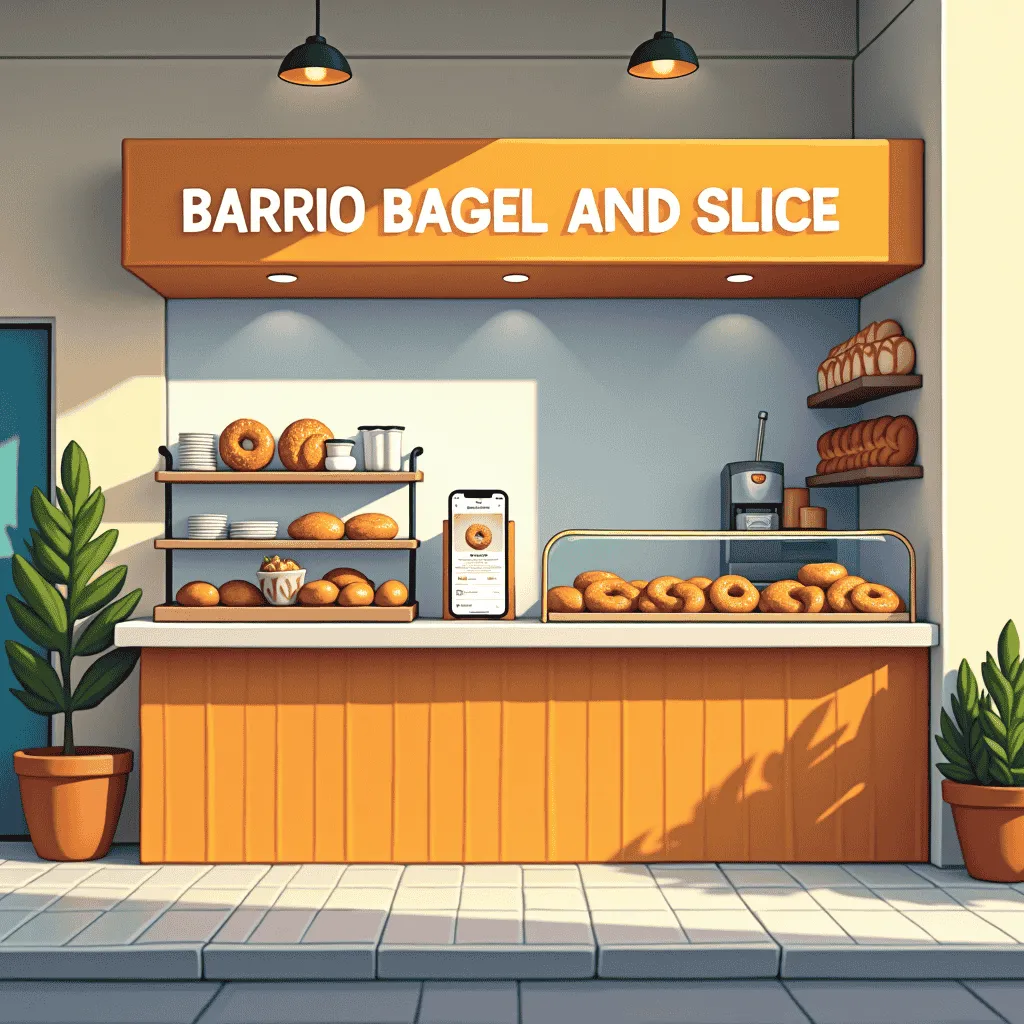

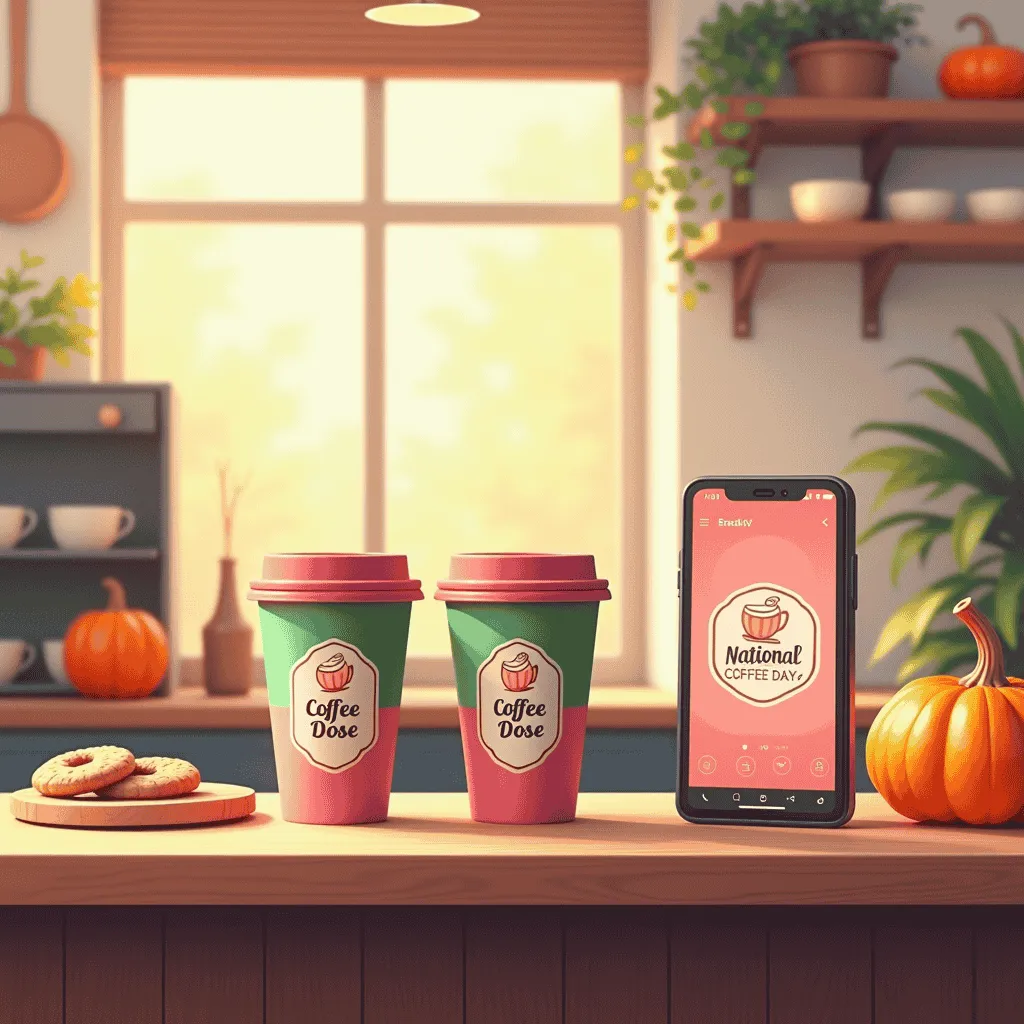
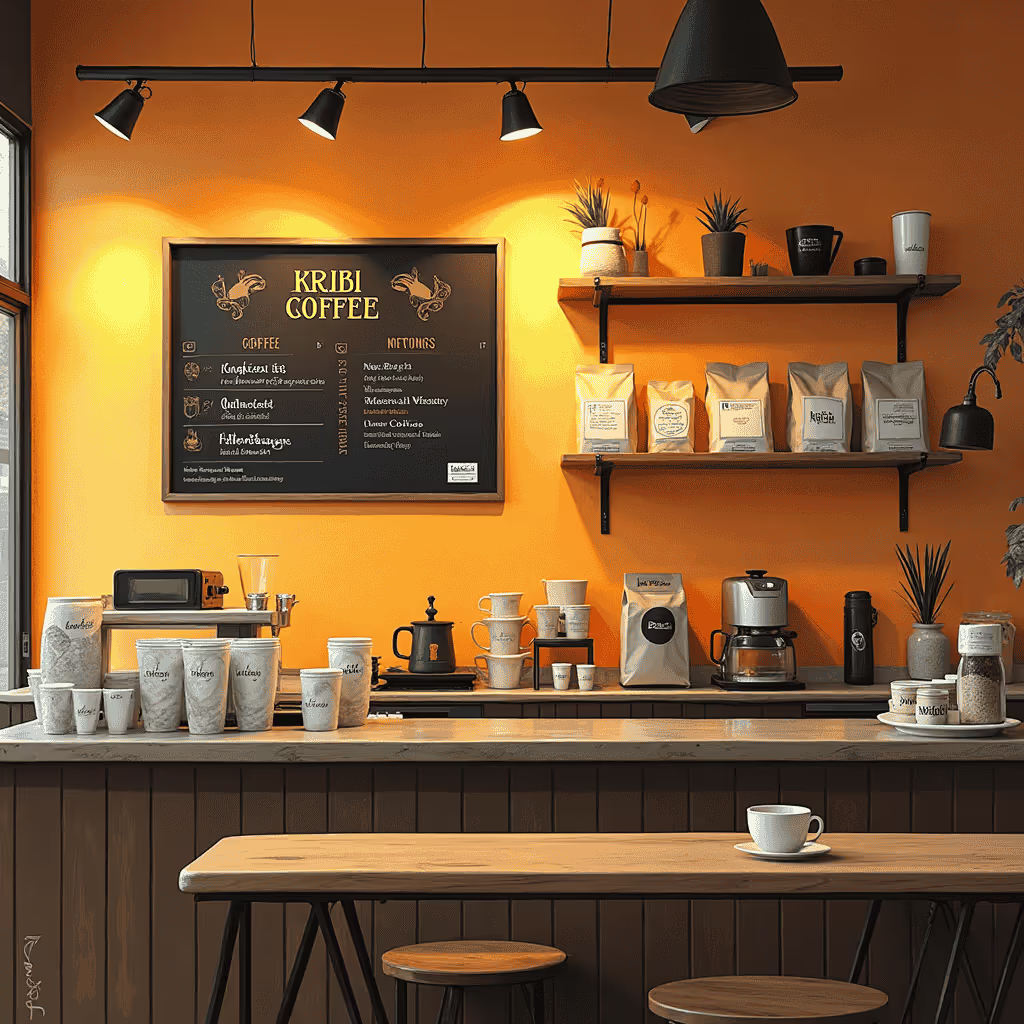
.avif)
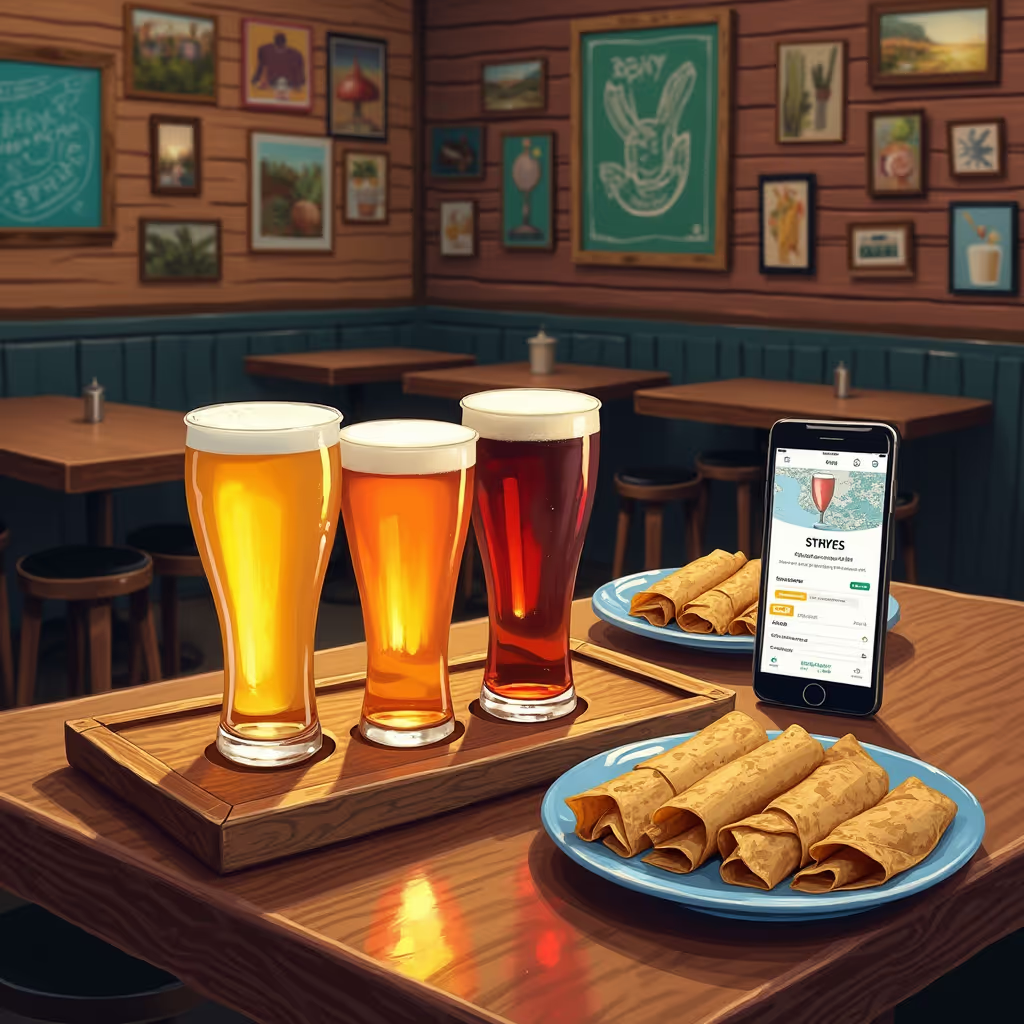
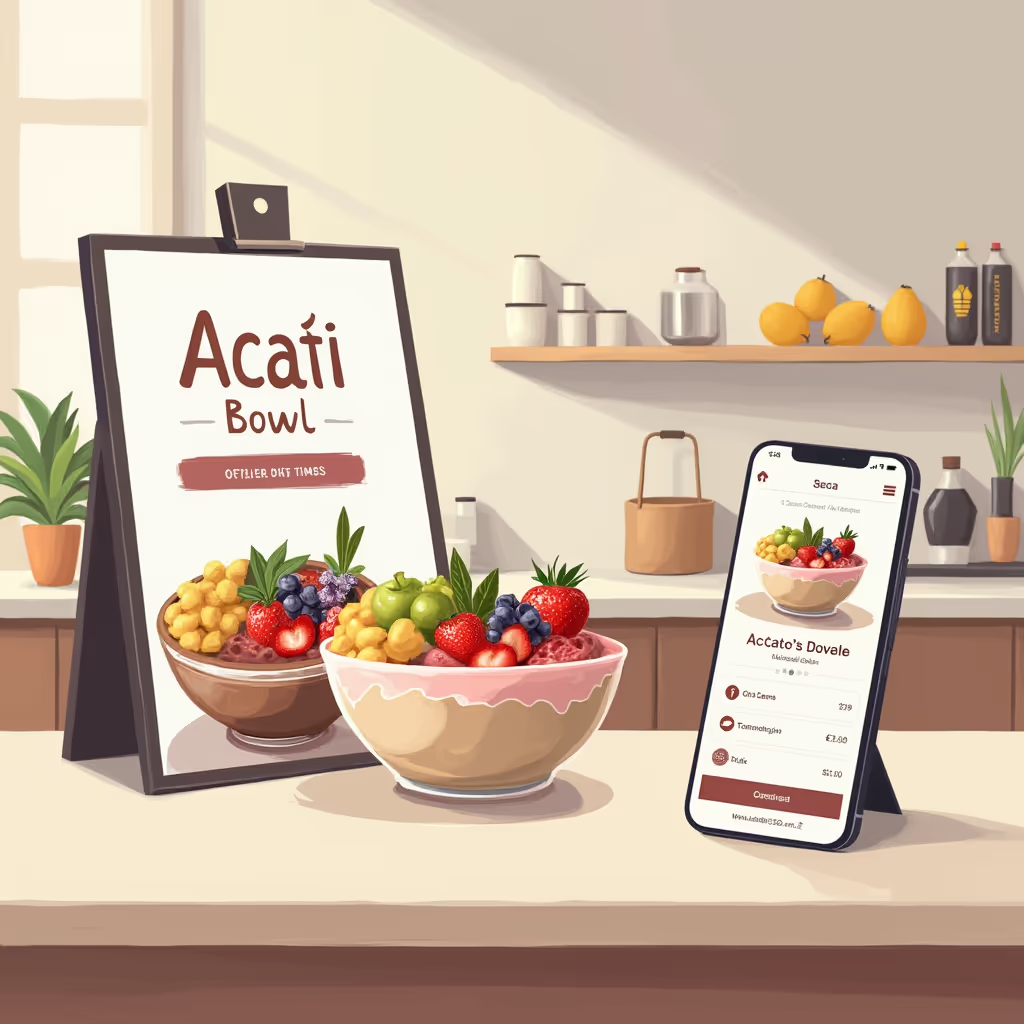
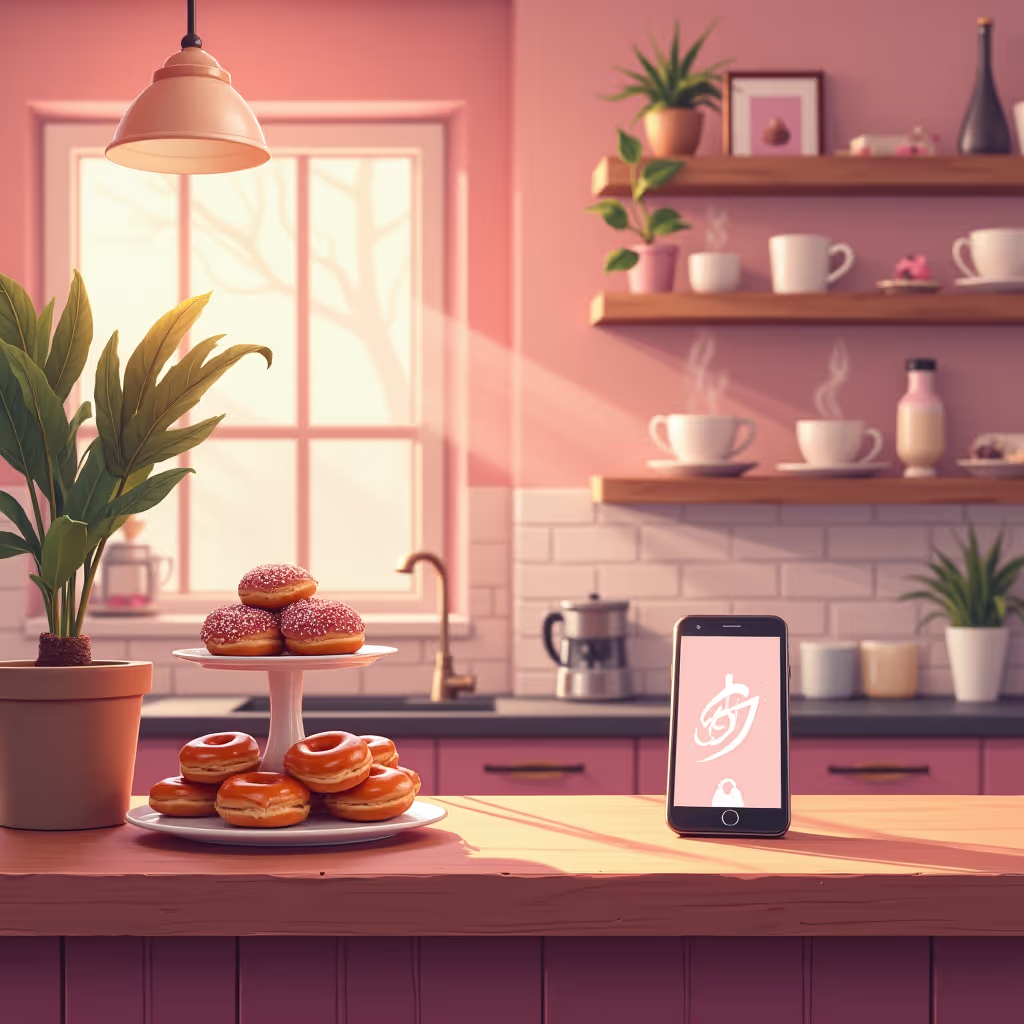
.avif)
.avif)
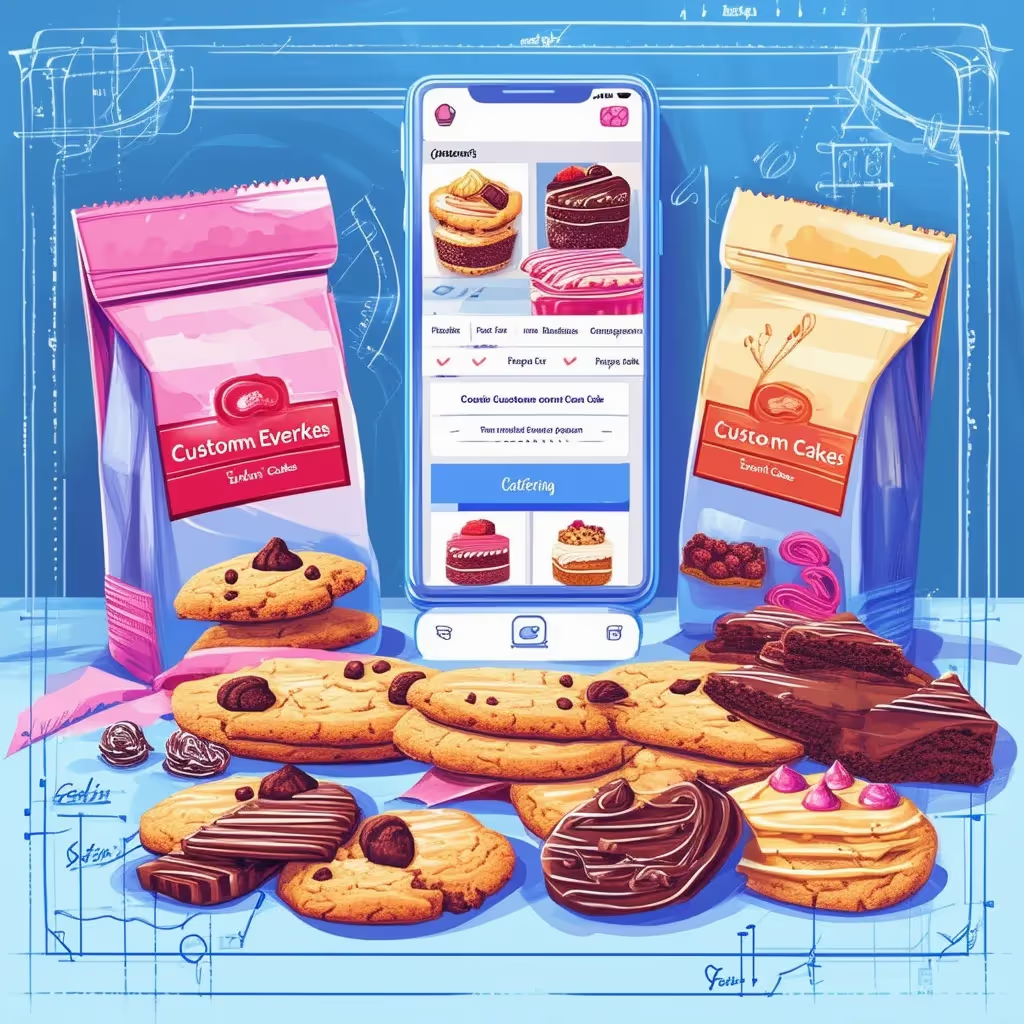
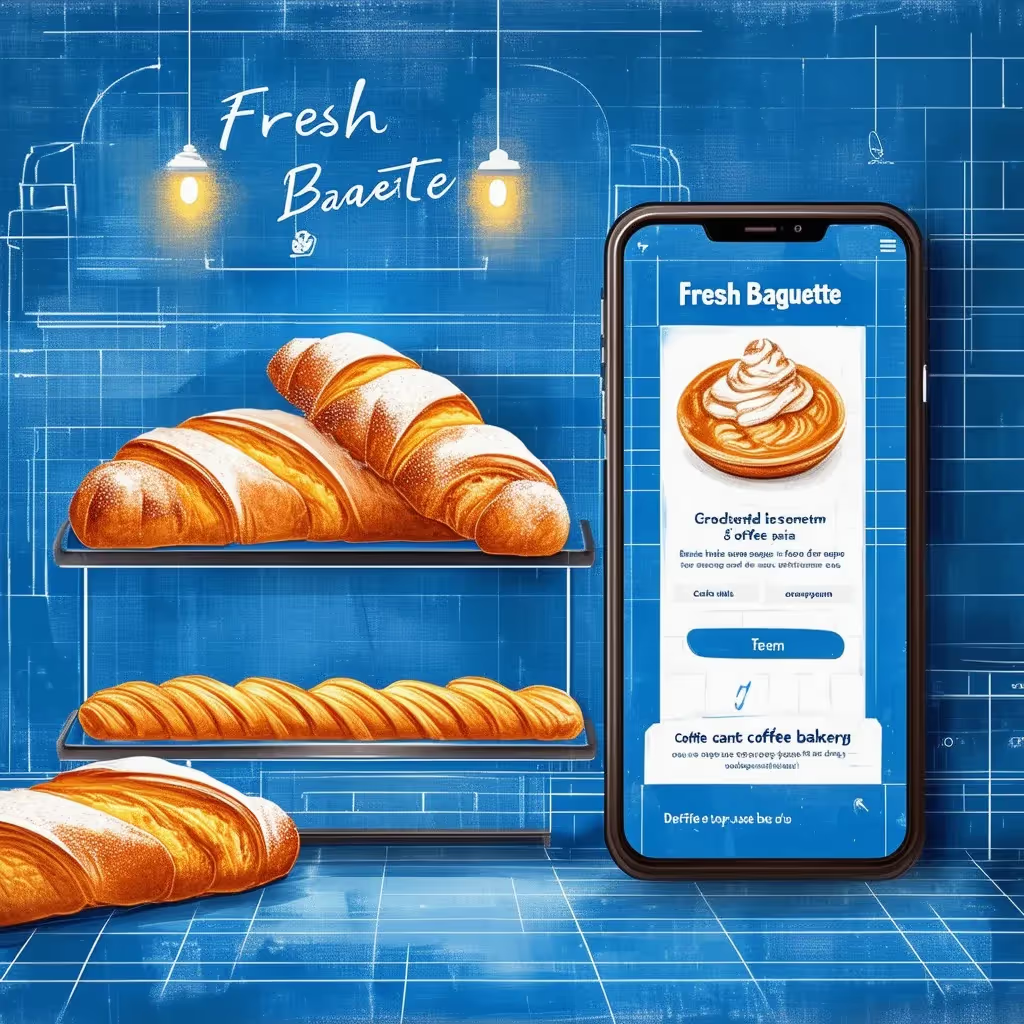
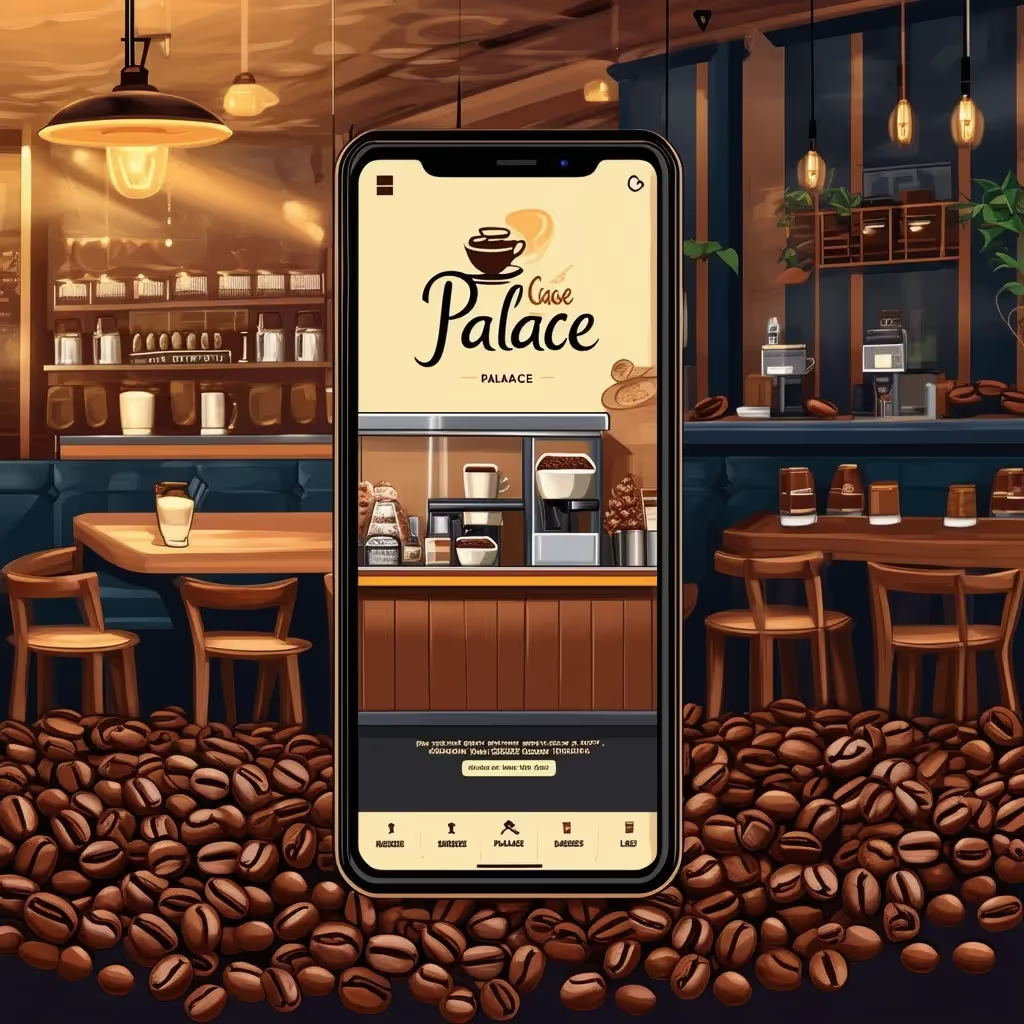

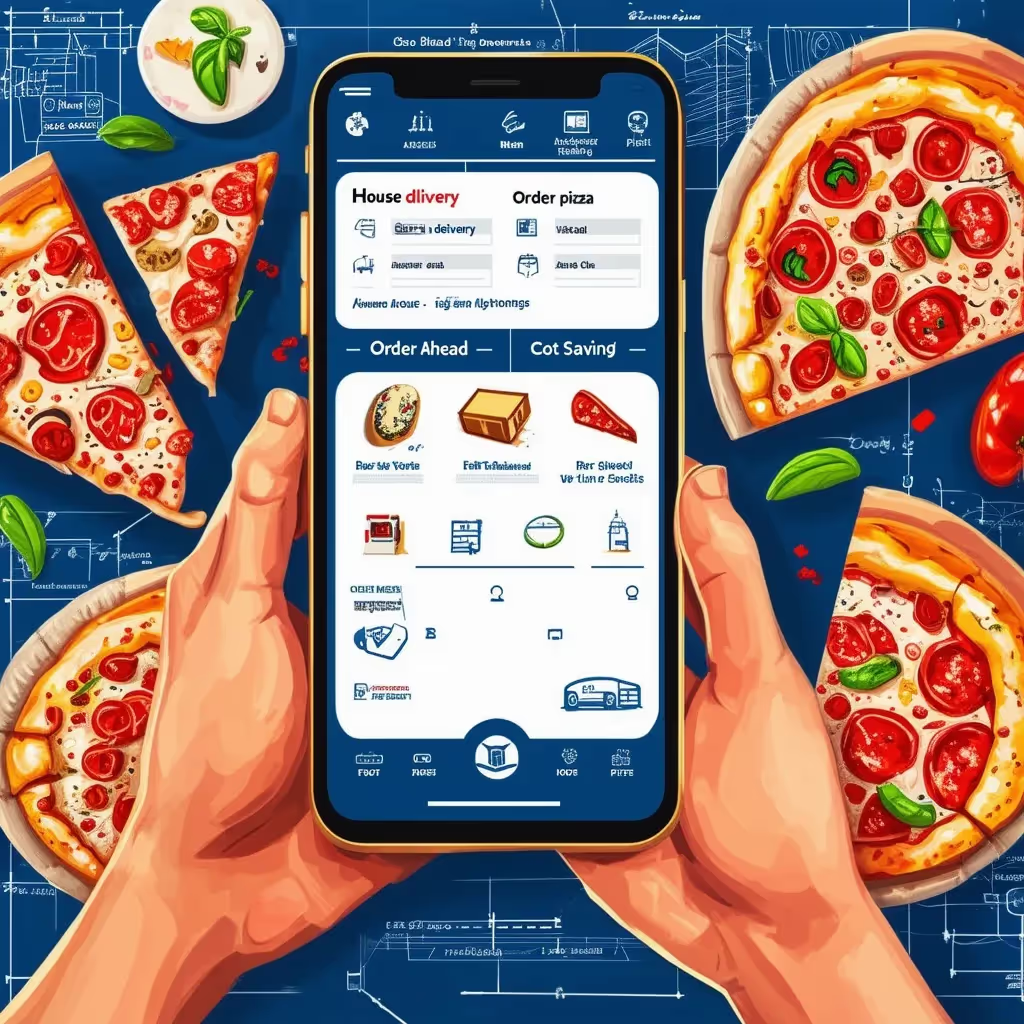

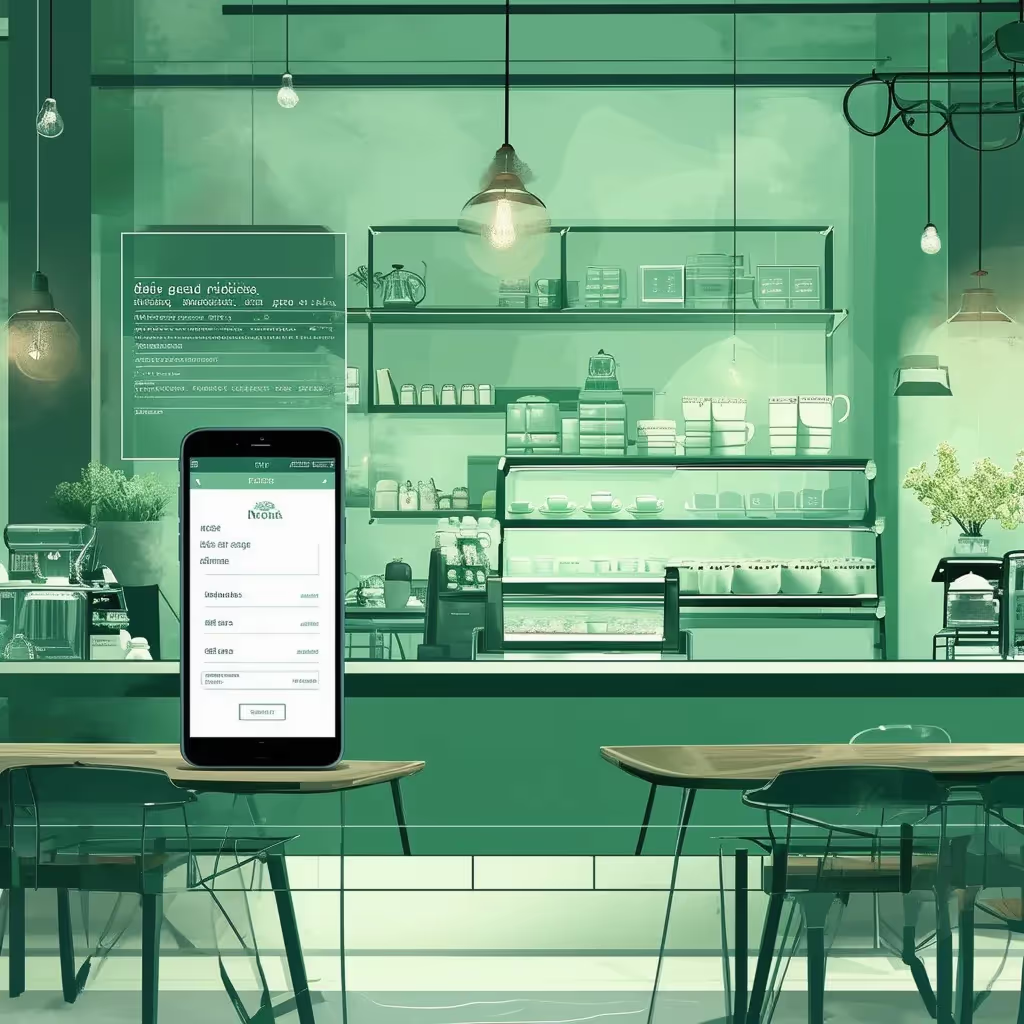

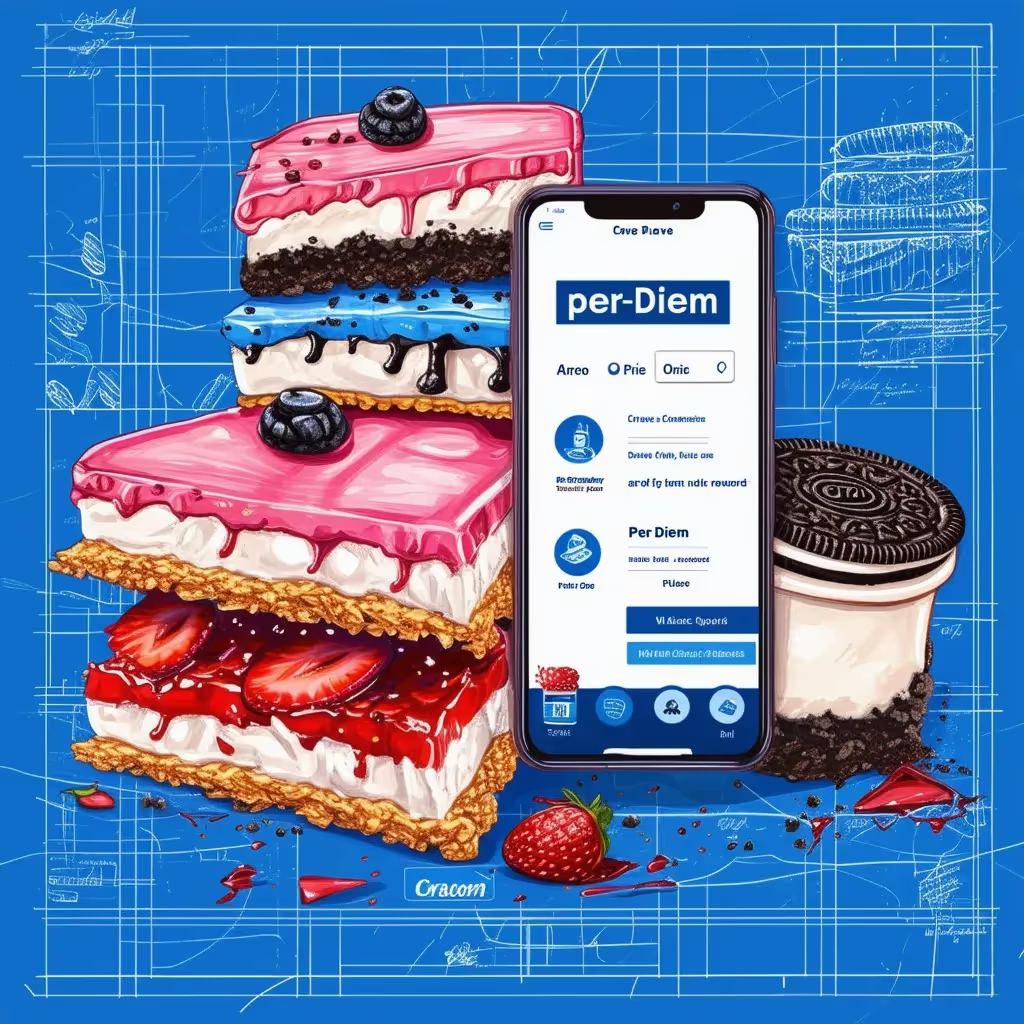
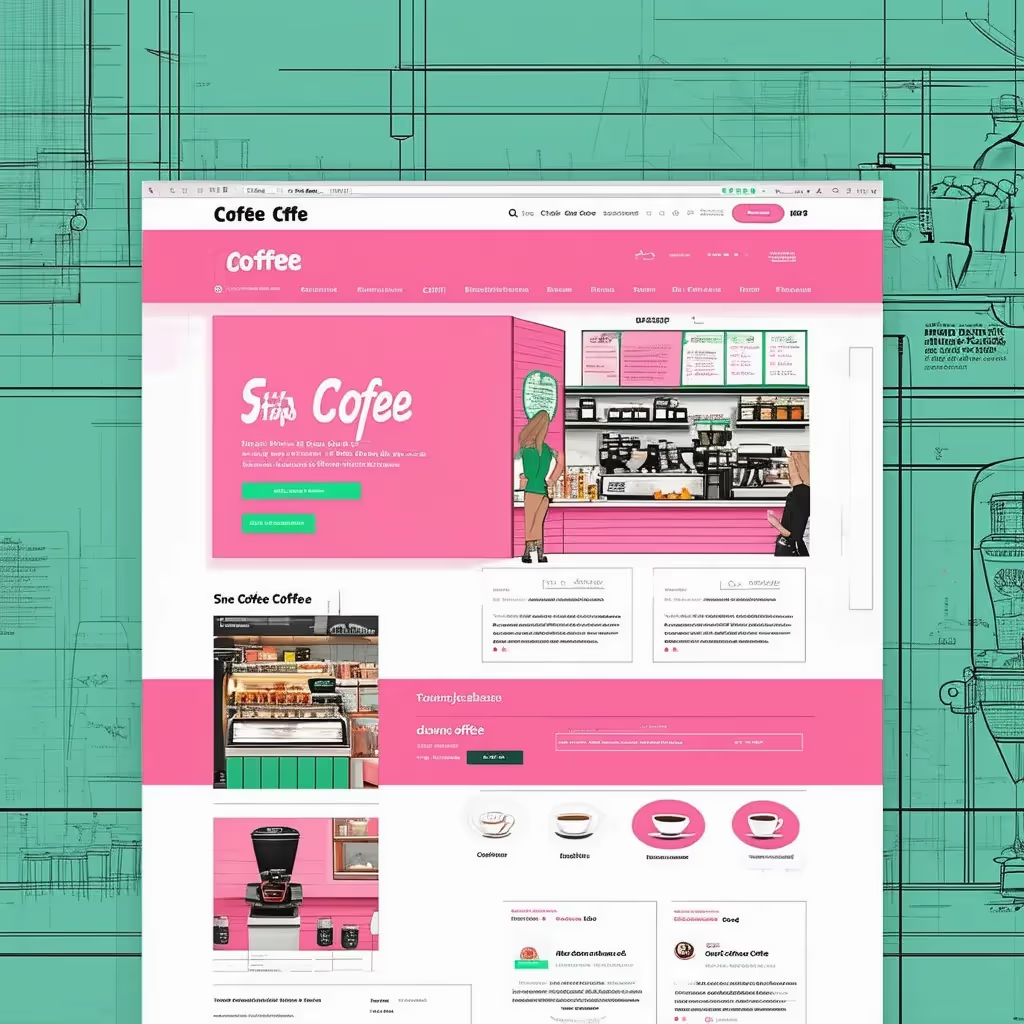
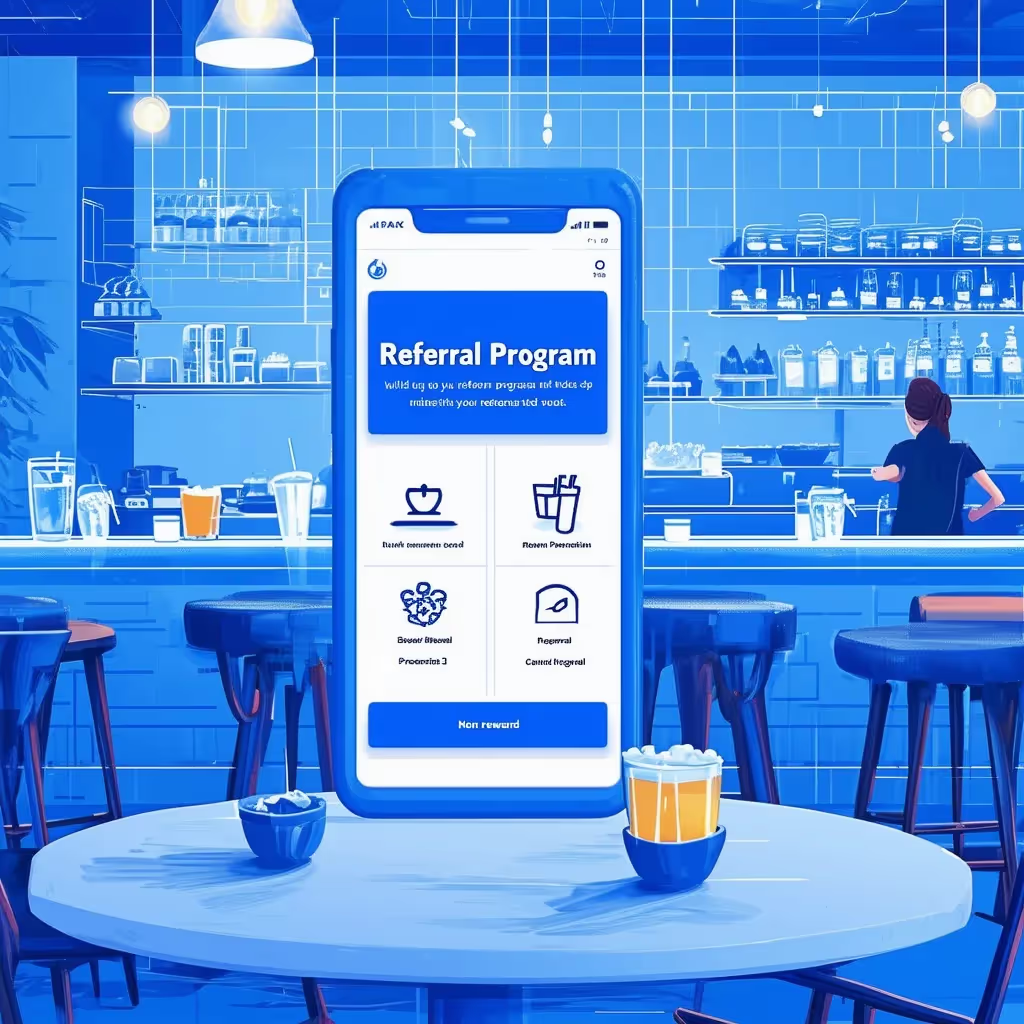





.avif)




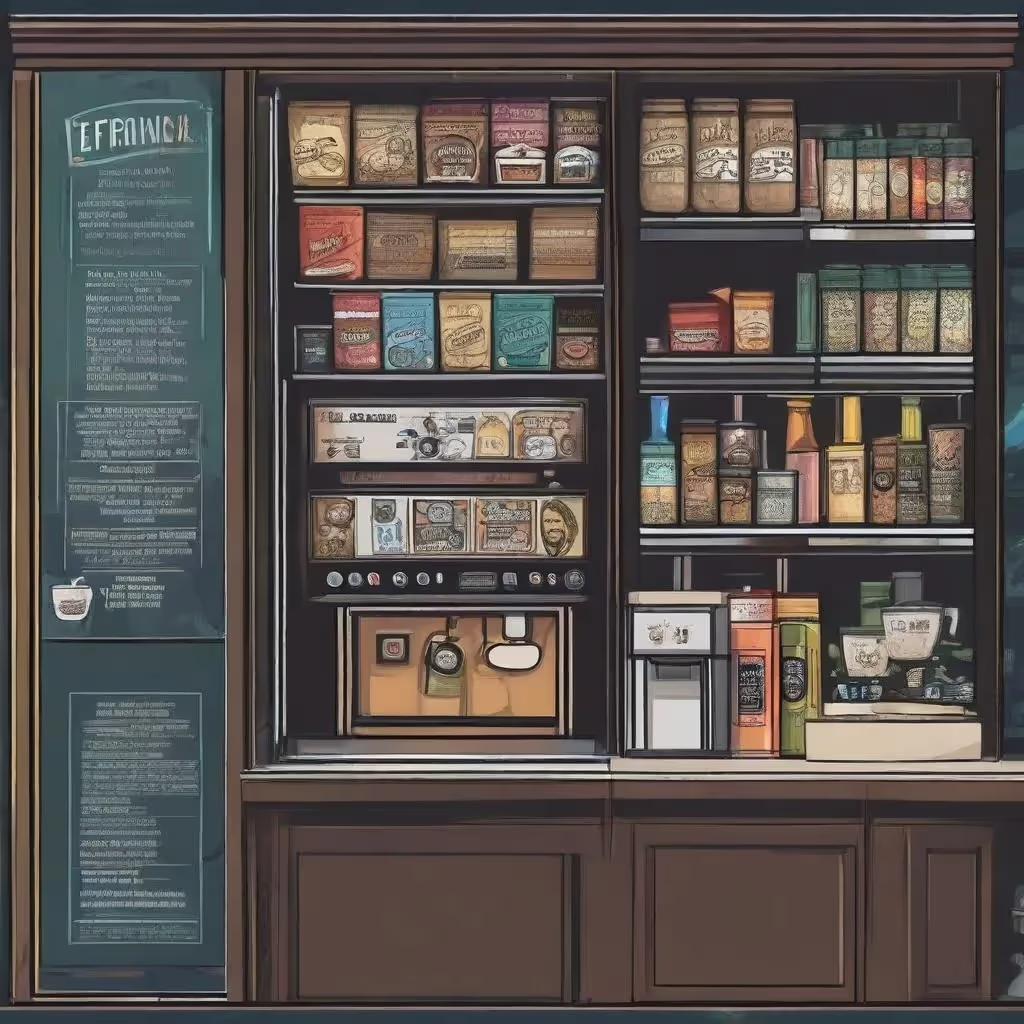
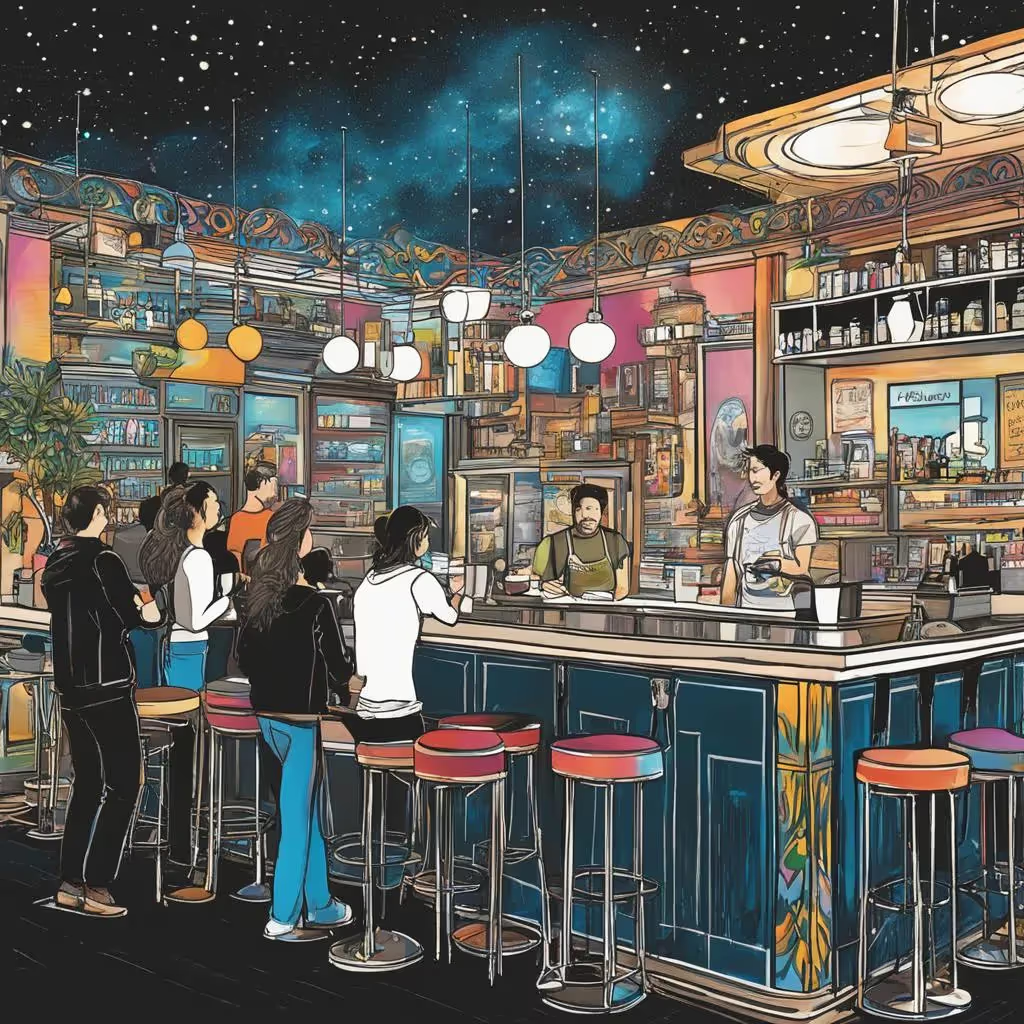


.avif)
